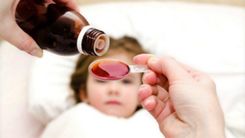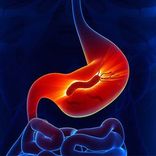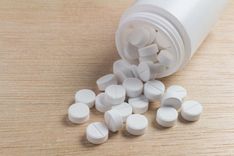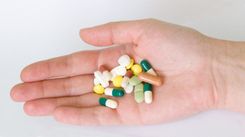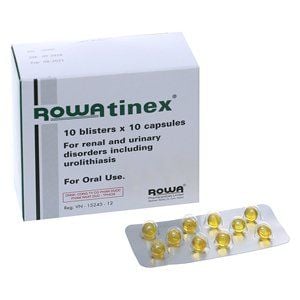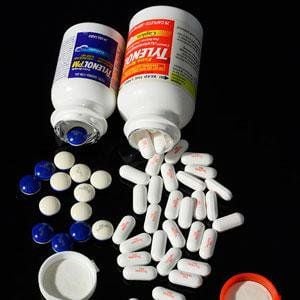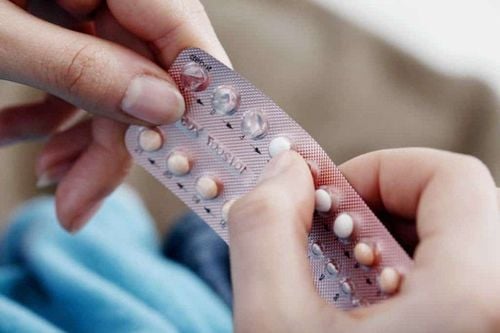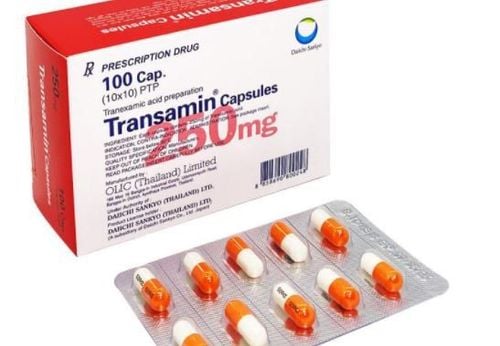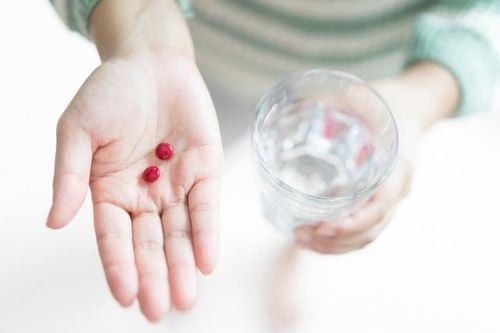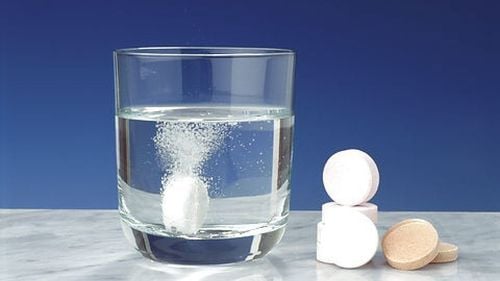Anadrol is prescribed to support conditions such as acquired or congenital aplastic anemia and anemia caused by reduced red blood cell production. Below is detailed information about the drug’s uses and precautions for safe administration.
1. Uses of Anadrol
The active ingredient in Anadrol is oxymetholone, formulated as tablets, with each Anadrol 50 tablet containing 50 mg of oxymetholone.
Anadrol 50 (Oxymetholone) is a synthetic derivative of testosterone. Oxymetholone functions to enhance the production and secretion of erythropoietin, a hormone involved in red blood cell generation, in patients with anemia due to bone marrow failure and stimulates red blood cell production in cases of anemia caused by reduced red cell counts.
However, this drug may result in certain adverse effects, such as severe disruption of growth and sexual development if administered to children. It suppresses gonadotropic functions of the pituitary gland and can directly impact the testes.
2. Indications and Contraindications for Anadrol Use
Indications:
- Treatment of anemia caused by reduced red blood cell production.
- Acquired aplastic anemia, congenital aplastic anemia, and myelofibrosis.
- Anemias associated with bone marrow suppression due to toxic drug effects.
- It is essential to note that Anadrol should not replace other supportive measures like blood transfusion, correction of deficiencies in iron, folic acid, vitamin B12, or pyridoxine, or administration of antimicrobial treatments.
Contraindications:
- Prostate carcinoma or breast carcinoma in male patients.
- Breast carcinoma in females with hypercalcemia, as the drug can stimulate bone resorption.
- Women who are pregnant or may become pregnant, as the medication can harm the fetus. Pregnant patients should notify their physician to discuss potential risks to the fetus.
- Severe renal impairment or nephritis.
- Severe hepatic dysfunction.
- Hypersensitivity to any component of the medication.
3. Dosage and Administration of Anadrol
Anadrol is administered orally with water. Tablets should be swallowed whole, without chewing or crushing, to maintain the drug’s structural integrity.
Dosage:
- The recommended daily dose for children and adults ranges from 1-5 mg per kg of body weight.
- Typical effective doses are 1-2 mg/kg/day, though higher doses may occasionally be necessary.
- Duration of treatment: The medication should be taken for a minimum of three to six months. Upon disease remission, some patients may discontinue treatment, while others may require maintenance therapy at reduced doses.
4. Potential Side Effects of Anadrol
While beneficial, Anadrol may cause some adverse effects. Commonly reported side effects include:
- Liver Damage: Cholestatic jaundice, and in rare cases, liver necrosis and death. Liver tumors and peliosis hepatis have been reported with long-term use.
- In Males: Increased frequency and volume of erections. Post-pubertal males may experience testicular suppression, testicular atrophy, oligospermia, erectile dysfunction, chronic phimosis, epididymitis, bladder irritation, and reduced testicular volume.
- In Females: Clitoral enlargement and menstrual irregularities.
- In Both Genders: Increased or decreased libido.
- Central Nervous System: Agitation, insomnia.
- Gastrointestinal: Nausea, vomiting, diarrhea.
- Hematologic: Bleeding in patients concurrently on anticoagulants, and iron-deficiency anemia. Leukemia has been observed in patients with aplastic anemia treated with oxymetholone, although a causal relationship is unclear as malignancies occur in hematological disorders even without oxymetholone.
- Vocal deepening in females.
- Male-pattern hair loss in females, and post-pubertal alopecia in males.
- Acne (common in females and pre-pubertal males).
- Premature epiphyseal closure, muscle cramps, chills.
- Electrolyte imbalances, including retention of sodium, chloride, potassium, and phosphate.
- Decreased glucose tolerance, altered serum lipoproteins (increased LDL, decreased HDL), and elevated creatinine and creatine phosphokinase levels. Potential reversible changes in liver function tests, such as elevated bilirubin, SGOT, and alkaline phosphatase levels.
- Patients should promptly notify their physician if they experience any side effects or other health concerns during treatment.
5. Precautions for Using Anadrol
- Medical History Disclosure: Inform the physician of any medical or allergic conditions to ensure safe prescription.
- Hepatotoxicity Risks: Regular blood tests are necessary to detect early liver damage, as long-term use may result in life-threatening conditions, including liver tumors.
- Cardiovascular Monitoring: Patients with cardiovascular diseases should be cautious due to the drug's effect on LDL-cholesterol, which could increase the risk of atherosclerosis and coronary artery disease.
- Signs of Virilization in Women: Monitor for irreversible changes like voice deepening, hirsutism, acne, and clitoral enlargement. Discontinue the drug if these signs appear to prevent irreversible damage.
- X-Ray Monitoring in Children: Regular (biannual) X-rays are recommended for prepubertal patients to assess bone maturation and therapy impact.
- Breastfeeding Considerations: Since the drug’s impact on breast milk is unknown, breastfeeding is not recommended during treatment.
- Drug Interactions: May interact with anticoagulants like warfarin. Disclose all medications to the prescribing physician to avoid complications.
- Storage Instructions: Store in a cool, dry place, away from direct sunlight and out of children’s reach.
By providing detailed insights into Anadrol’s uses, side effects, and precautions, this article serves as a guide for patients and healthcare professionals. For further clarification or specific inquiries, consult your physician directly.
To arrange an appointment, please call HOTLINE or make your reservation directly HERE. You may also download the MyVinmec app to schedule appointments faster and manage your reservations more conveniently.
Reference source: drugs.com
